
How Can You Tell If Jewellery Is Sterling Silver?
Sterling silver is known for it’s unique lustre and bright appearance, making it the preferred choice for making silver jewellery pieces. But how do you know if your silver jewellery piece is made from real silver? How do you know if you have a stainless steel or sterling silver jewellery piece?
In this blog, we cover methods to determine if your jewellery is made from sterling silver. We’ll explore briefly what sterling silver is and how it is used in jewellery, as well as various methods you can use to authenticate your silver jewellery.
What Is Sterling Silver?
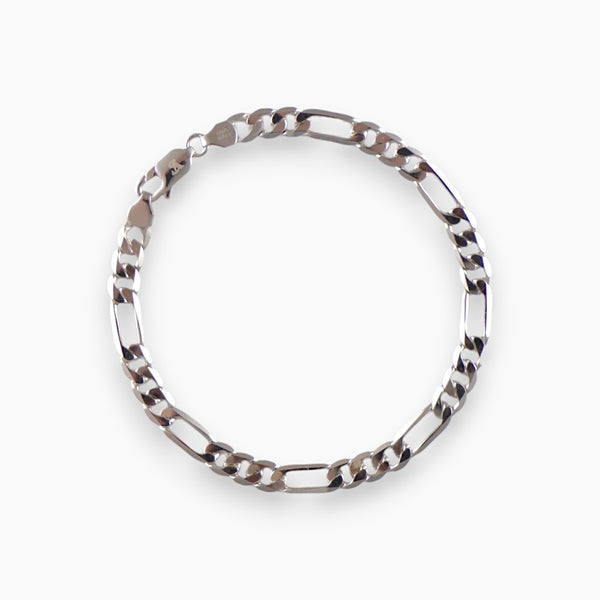
Sterling silver is an alloy form of silver that is composed of 92.5% silver and 7.5% other metals. This other metal is usually copper. Alloying silver with copper and other metals makes silver a harder and more durable metal, suitable for jewellery making. Other names for sterling silver jewellery include 925 silver jewellery, which describes it’s composition.
Because of this copper content, sterling silver will eventually tarnish over time. Tarnishing is when the metal becomes darkers in colour over time. This occurs when exposed to moisture, oxygen and body oils. However, this tarnish can be easily cleaned, revealing underneath the beautiful lustre which is sterling silver. Sterling silver jewellery will never rust or turn green.
Most silver jewellery will be made from 925 sterling silver. But sometimes, fine silver which is composed of 99.9% silver is used. 999 silver tarnishes much less, but is extremely soft and malleable making it less suitable for jewellery making.
1. Appearance
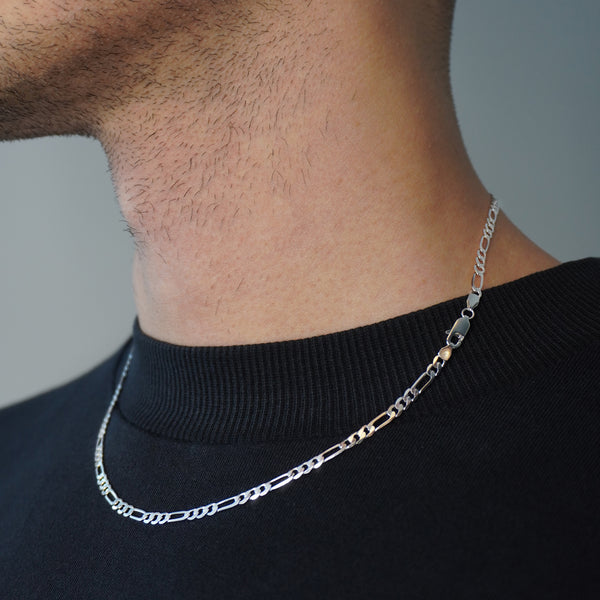
This is not an entirely accurate way of determining the composition of your jewellery. Sterling silver jewellery is often plated with Rhodium to enhance its corrosion and tarnish resistance properties. Plating sterling silver with Rhodium often makes the jewellery piece look more lustrous, but gives a darker appearance similar to stainless steel.
2. Look for stamps or hallmarks
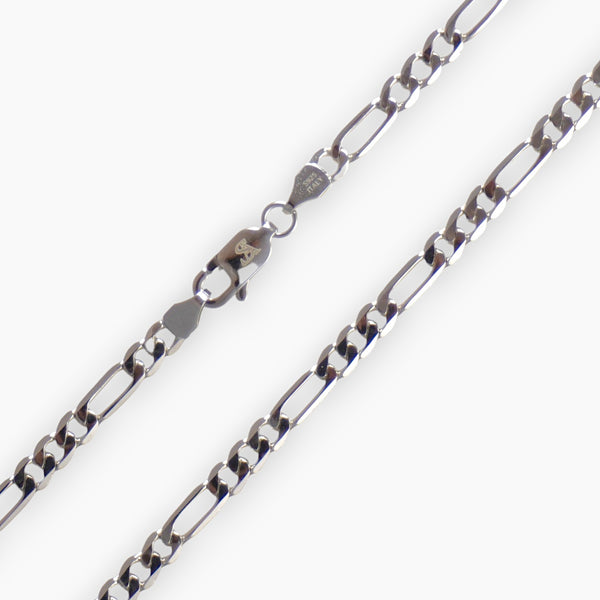
If your jewellery is from the UK, it may also have a variety of stamped images on it. One of which is called an Assay Office Mark, which indicates where the article of jewellery was tested within the UK. You can also have traditional finesse symbol marks indicating the material of the jewellery, date letters and international convention marks.
3. Test for hardness
Silver is a soft and malleable metal. If your jewellery can be easily bent, it is a sign of real silver. Silver jewellery is also much easier to file than a harder metal like stainless steel. We however, don't recommend this method of testing as it is an invasive and potentially damaging way of figuring out the composition of your jewellery.4. Test for sound
Sterling silver produces a ringing sound when struck with another metal that lasts for 1 to 2 seconds. Hold the silver jewellery piece and gently tap it with a metal object like a spoon. Sterling silver should produce a clear, bell-like ringing sound. Dull or muted sounds may indicate a different metal composition for your silver piece.5. Test for odours
Sterling silver has no specific odour. If you notice any strong, metallic or chemical smells then your jewellery piece is more than likely made of brass or copper with a silver plating.
6. Polish the silver jewellery piece
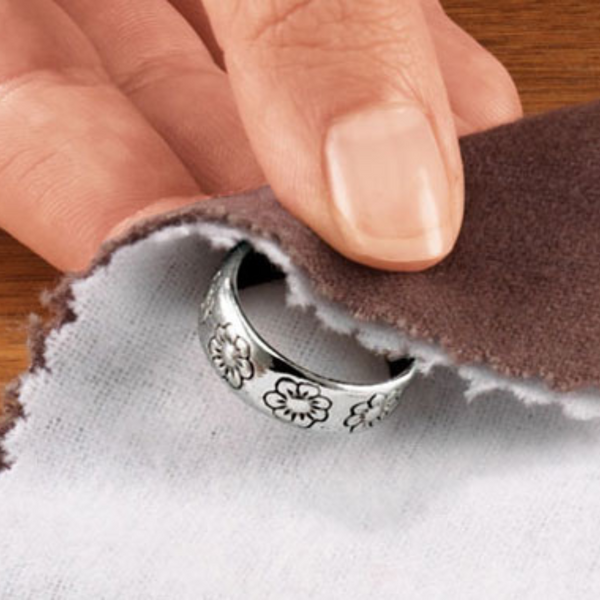
7. Magnet test
Like other precious metals, silver is non-ferrous. This means that it is not attracted to a magnet. Try running a strong magnet over your jewellery. If the jewellery is not attracted to the magnet, then it is likely made of sterling silver, brass or copper. If the jewellery piece does stick to the magnet, then it is likely made of stainless steel.
8. Ice test
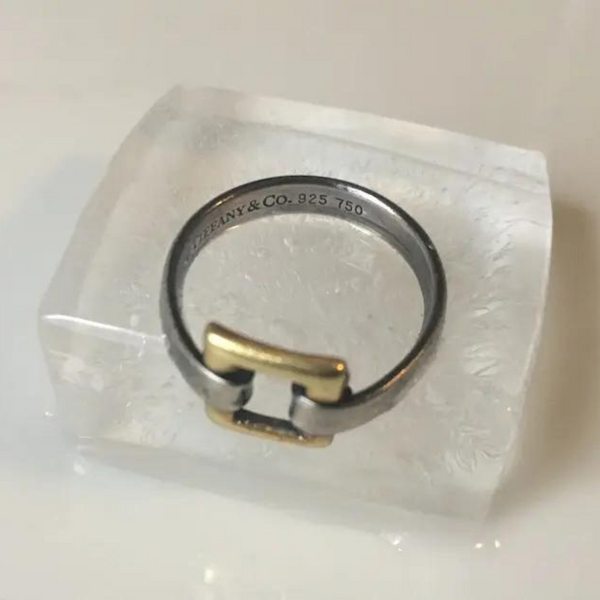
Silver has the highest thermal conductivity of any metal. This means it conducts a lot of heat. Set two ice cubes out and put the silver item on one of them. If the ice cube under the silver melts faster than the ice cube without, then it is probably made of sterling silver.
9. Use an XRF gun
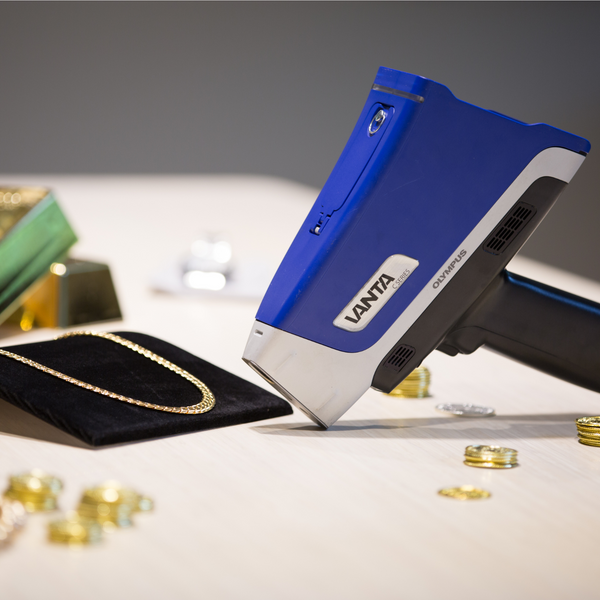
10. Get the jeweller to conduct a nitric acid test
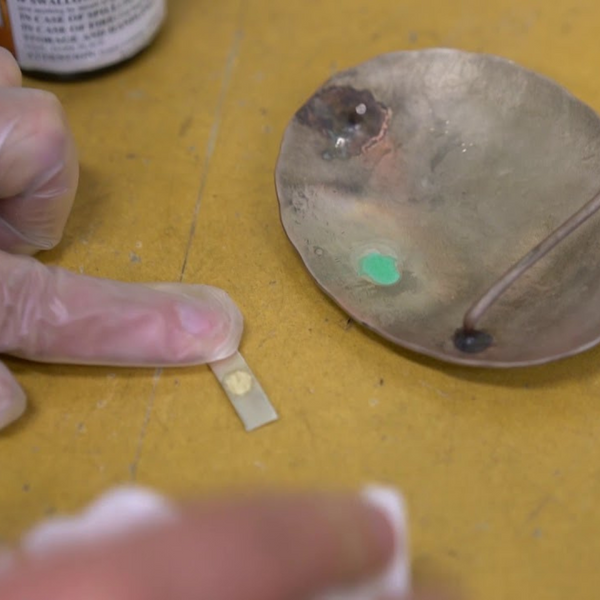
Although not recommended, a nitric acid test can be conducted at home using home testing kits., When handling nitric acid, you should wear protective gloves and eyewear as nitric acid is noxious.
11. Have an appraiser look at your jewellery piece
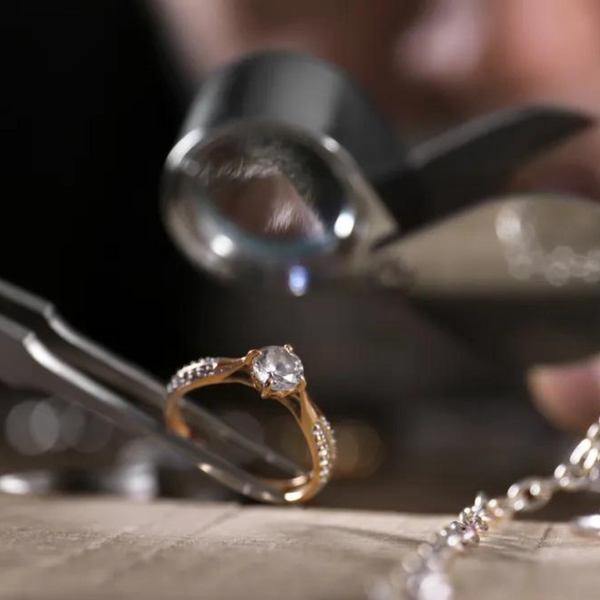
12. Get your jewellery tested in a lab
These tests can include:
- Fire assay - Melting down a sample of the metal and conducting a chemical assay. This helps to determine the precious metal content of silver or gold ore.
- XRF analysis - commonly done with a gun, this sends x-rays through the item to test the purity of the metal.
- Mass spectrometry - this helps to determine the jewellery pieces' molecular and chemical structure. This method, known as ICP-MS (inductively-coupled plasma mass spectrometry) is commonly used by assay offices as it is extremely accurate.
- Specific gravity assessment - a water displacement test. The specific gravity for silver is 10.49.
Conclusion
Whilst many of the methods outlined in our blog can be done at home, or with home testing kits, seeking a professional appraisal or seeking lab testing will always be the most accurate assessment. This is a great option for those high-value sentimental items you want to authenticate.
So the next time you come across a dazzling piece of silver jewellery, remember the information shared in this guide! With a keen eye and thorough understanding of it’s characteristics, you’ll be able to better distinguish the metals used in silver jewellery.




Leave a comment
This site is protected by hCaptcha and the hCaptcha Privacy Policy and Terms of Service apply.